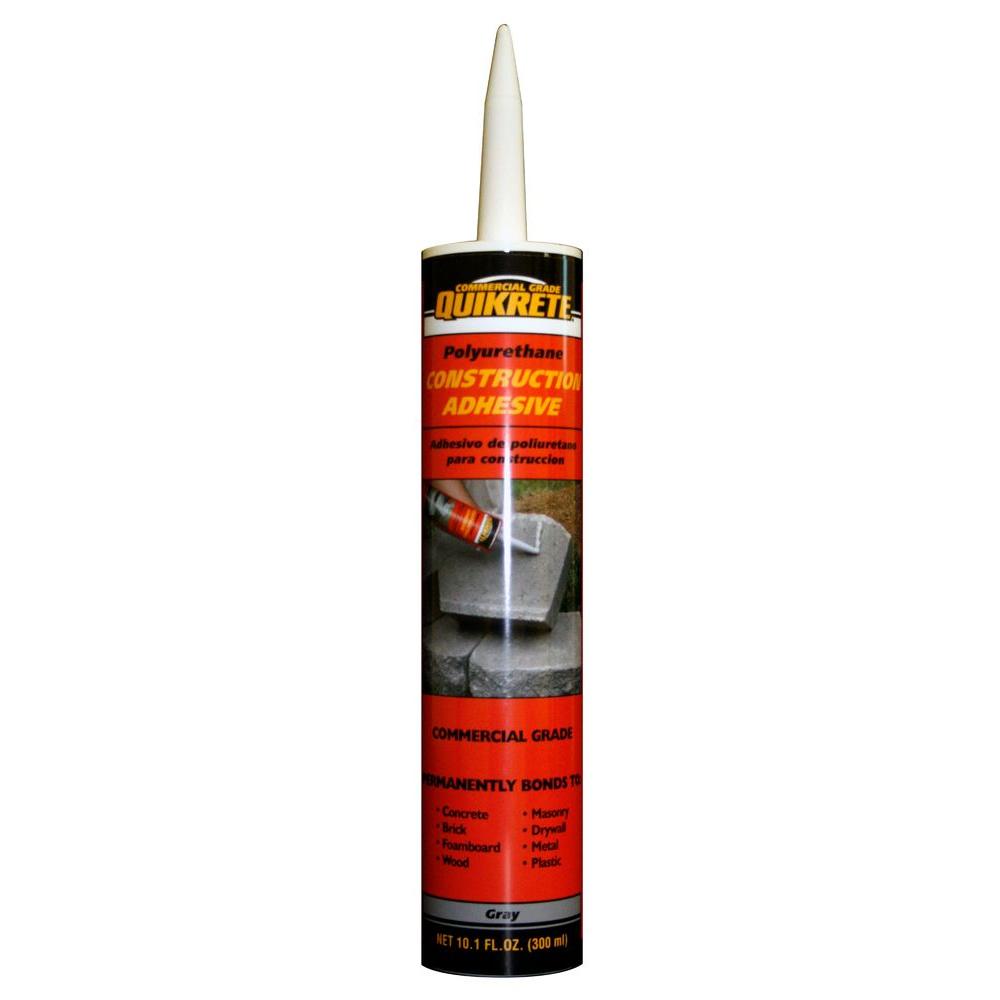
Quikrete 10.1 oz. Construction Adhesive990210 The Home Depot
Enter polyurethane adhesives, armed with their remarkable gap-filling capabilities. Irrespective of uneven textures or idiosyncratic shapes, these adhesives seamlessly fill in gaps and create an unbreakable bond. Bid farewell to ill-fitting pieces, as polyurethane adhesives unite wood and concrete flawlessly.

Can you Glue Hardwood Flooring To Concrete? YouTube
Prepare the wood pieces and concrete block. Cut the wood pieces to size: measure carefully and cut the boards and planks to the proper length. If the wood has been previously stained or painted, make sure that all of this product has been removed in order for the glue to adhere properly and not peel off later on!

Solid Wood Floor Glue To Concrete Flooring Site
CT1 is the ultimate construction adhesive and sealant with a phenomenal bond to almost all materials, but in particular for these. CT1 is a unique hybrid polymer with no solvents in its makeup. It will remain incredibly flexible, making it the perfect choice for Sticking Wood to Concrete. CT1 can be applied on wet surfaces and even underwater.

Concrete Bonding Adhesive Colorado Materials Landscape Products
2. The process of attaching wood to concrete using anchor bolts is known as "direct fastening." The bolts are inserted into pre-drilled holes in the concrete, and then the wood is secured to the bolts using nuts and washers. 3. An alternative method for attaching wood to concrete is through the use of adhesive anchors.

Best Glue For Wood To Concrete (2022 Review Updated) BestKnifeAdvice
Option 1: Use Construction Adhesive Construction adhesive is specifically designed for bonding heavy materials like wood to concrete. It's strong and waterproof, so it's ideal for outdoor use. Just apply a generous bead of adhesive to both the concrete wall and the back of your wood piece, then press them firmly together and wait for the adhesive to dry.

Best Construction Adhesive For Wood To Concrete (2022 Review Updated
Adhesive Options for Wood to Concrete Bonding . When it comes to bonding wood to concrete, choosing the right adhesive is crucial for achieving a durable and long-lasting bond. With a plethora of options available, it's essential to understand the different adhesive types and their unique properties.

Best Adhesive Wood To Concrete (2022 Review Updated) BestKnifeAdvice
Here are the steps to glue wood to concrete: Step 1: Sweep or vacuum the concrete surface to remove any dirt or residue. Step 2: Clean the surface with a damp sponge to remove dust. Let the concrete dry completely. Step 3: Cut the tip of the glue tube so that it lets out a line of glue about 1/4-inch (7mm) wide.

How to Glue Wood to Concrete The Ultimate Guide for DIY Enthusiasts
Apply a layer of the adhesive on the surface of the concrete. Attach the wood to the glue. Use a clamp to secure the wood to the concrete until the adhesive fully dries. If it is doable, use weights to add some pressure to the wood to form a tight bond. Leave the clamp and weight on until the glue fully cures (can take up to 72 hours)
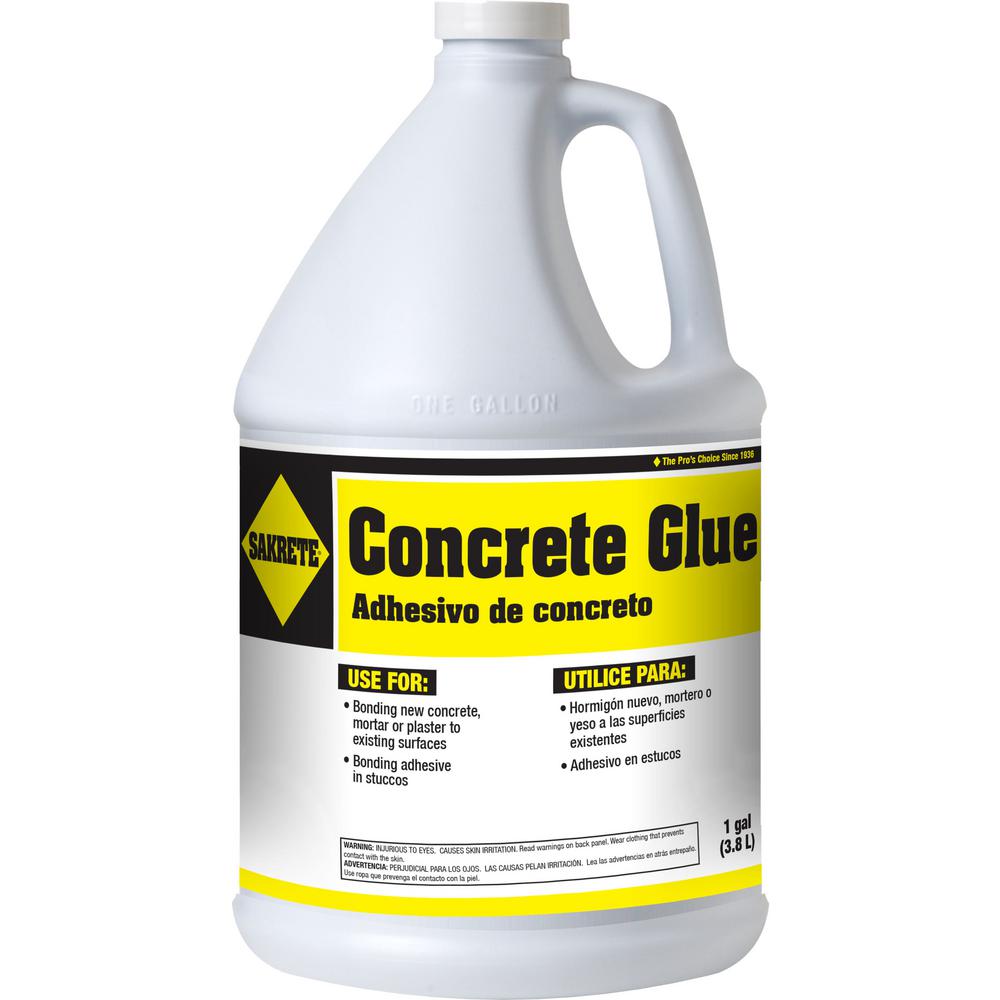
SAKRETE 1Gal. Concrete Glue60050002 The Home Depot
Step 2: Drill the Pilot Holes. You will now want to use your drill to create pilot holes in the wood and concrete. You can't just insert screws without those pilot holes. Use an appropriate concrete drill bit to make the pilot hole in the concrete, and then a wood drill bit to do the same in the wood. Make sure that the pilot holes are the.
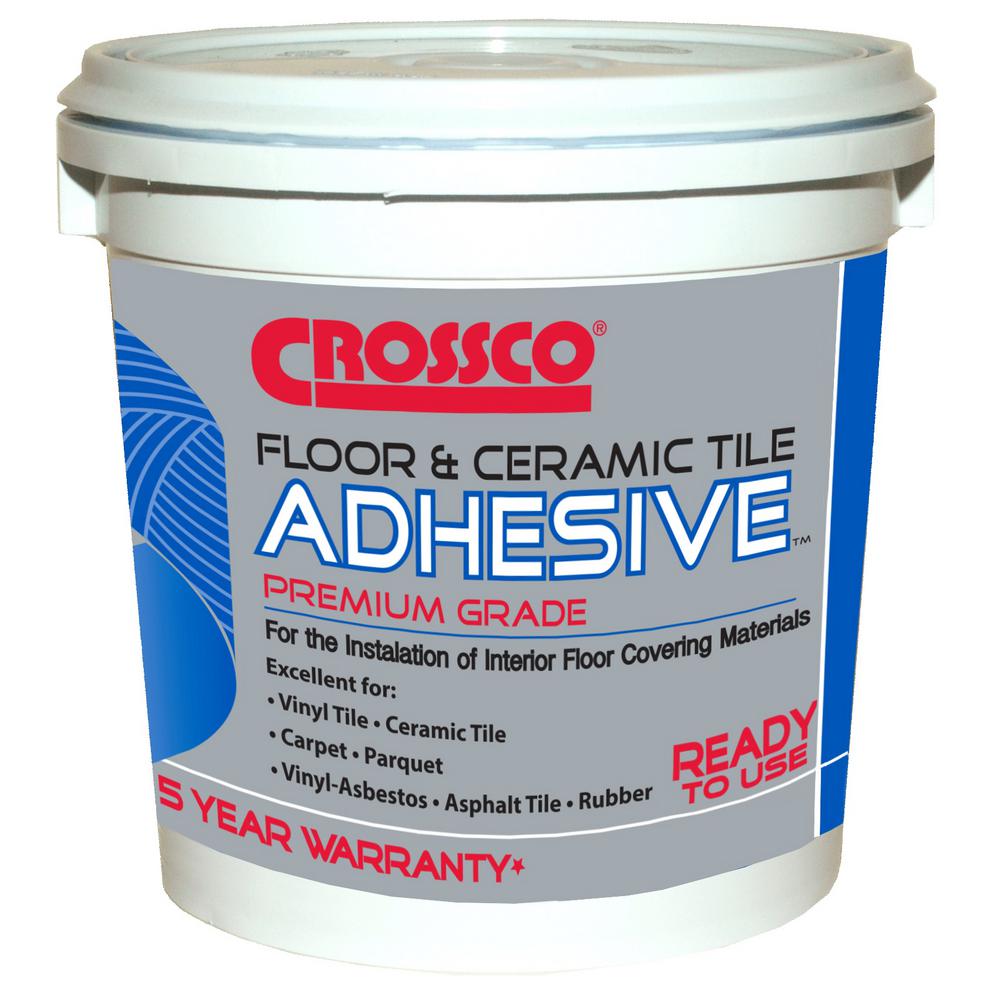
Best Glue For Wood To Tile Wood/Concrete Floor Adhesive Trade 16.23kg
Secondary Method. Glue is a secondary method of attachment for bonding wood to concrete. Glue forms the initial bond, but without screws and nails, the natural expansion and contraction of the wood can break or weaken the glue. When glue is used in conjunction with screws and nails, the bond is strong enough to resist natural movement of the wood.
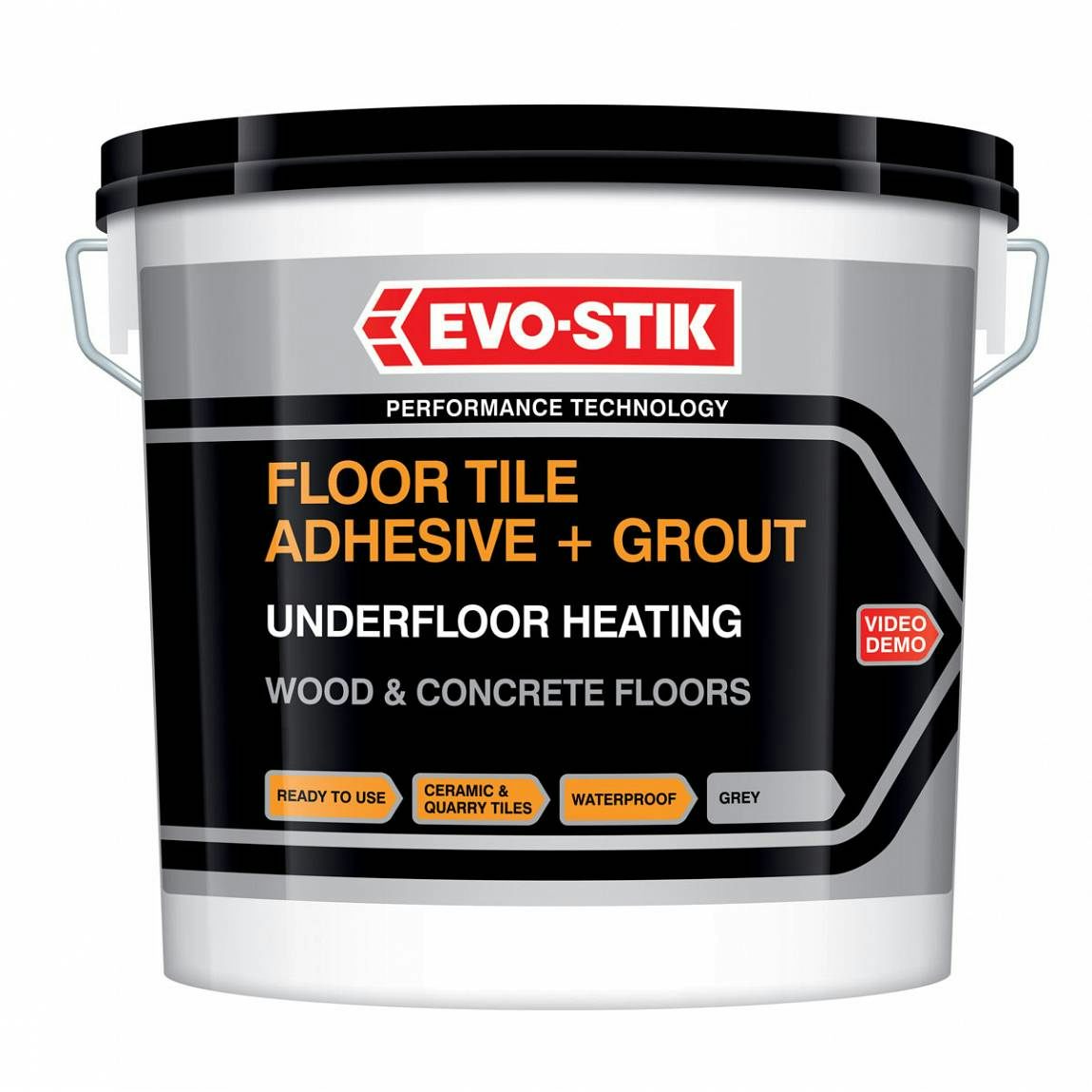
Wood and Concrete Floor Adhesive Trade 16.23kg
One benefit to using this concrete glue is that items remain repositionable for up to five minutes - giving you time to fine tune the repair before it sets. In addition to bonding concrete and masonry, it's ideal for bonding skirting boards or wood, aluminium, steel, floor panelling, fibrous cement sheeting and more. Now that you know, let.

Buy 3M HiStrength 90 Spray Adhesive Permanent Bonds Laminate, Wood
When it comes to bonding wood to concrete surfaces, adhesive tapes offer a quick, easy, and mess-free solution. Whether you're working on a DIY project or a professional construction job, adhesive tapes provide several advantages over traditional glues. Let's explore the benefits of using adhesive tapes for wood to concrete bonding.

Quikrete 10.1 oz. Construction Adhesive990210 The Home Depot
Tips for Using Adhesives for Connecting Wood and Concrete. Many construction adhesives are applied using a caulking gun and will need around 10 minutes to dry on the surface and seven days to cure fully. Epoxies come with their applicator and are usually set more quickly, with a cure time between 4 and 72 hours.
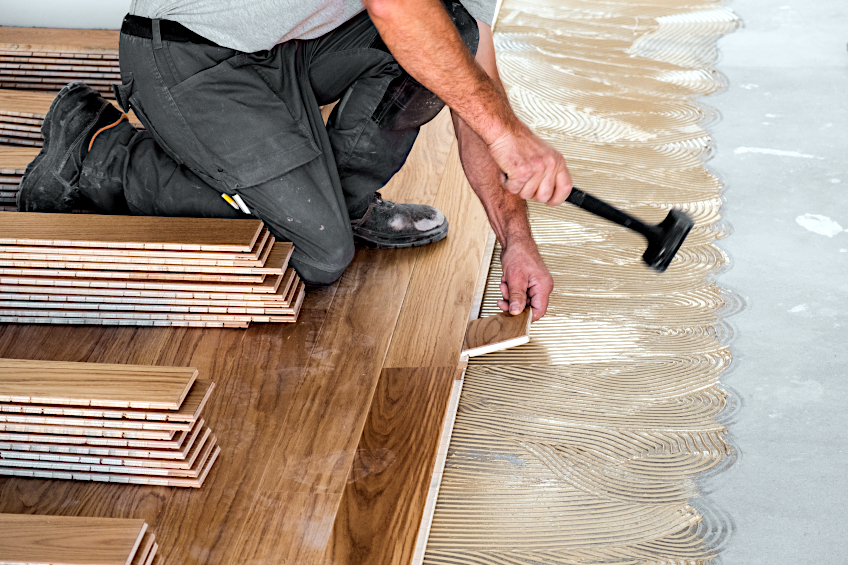
How to Glue Wood to Concrete Best Construction Adhesives
PC PRODUCTS Epoxy Adhesive Paste Two-Part Heavy Duty. Two-part epoxy adhesive paste for interior and exterior bonding, sealing, and filling. Suitable for fiberglass, wood, concrete, many metals, brick, glass, ceramic, and rubber. High wet grab tack for easy use overhead and on walls without dripping or sagging.

How to Glue Wood to Concrete in 2021 Woodworking tutorials, Concrete
This can cause plywood to rot. 2). Even placing plywood directly onto dry concrete is a problem. Concretes porous texture can collect ground moisture. And that moisture, in turn, can become soaked up by plywood. 3). Glue plywood to concrete by using an elastomeric adhesive. And elastomeric adhesive will act as a flexible moisture-resistant.
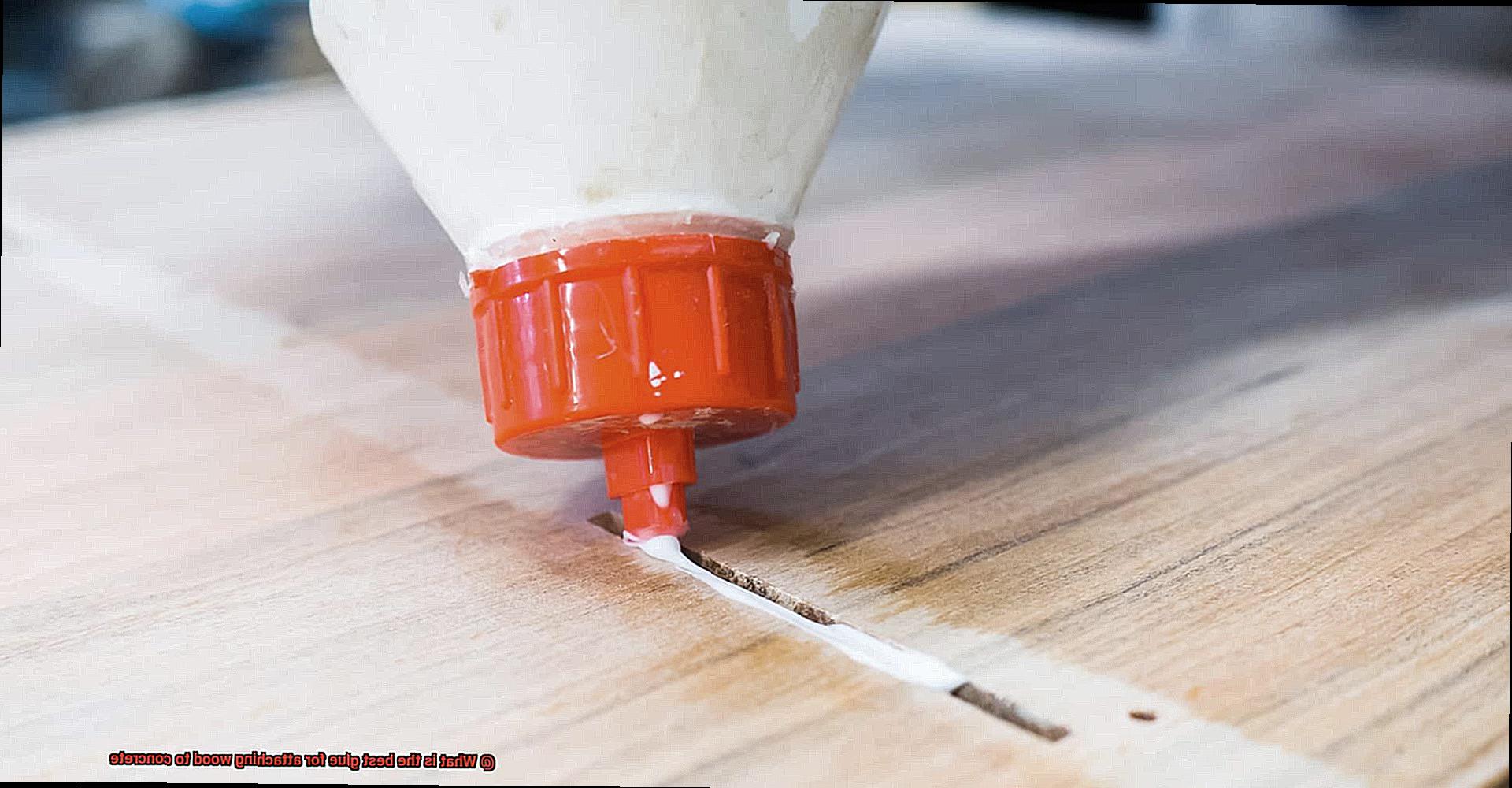
What is the best glue for attaching wood to concrete? Glue Things
Step 6: Apply Glue. Select a high-quality adhesive specifically designed for bonding wood to concrete. Carefully follow the manufacturer's instructions, applying an even layer of glue onto both surfaces using a paintbrush or roller.